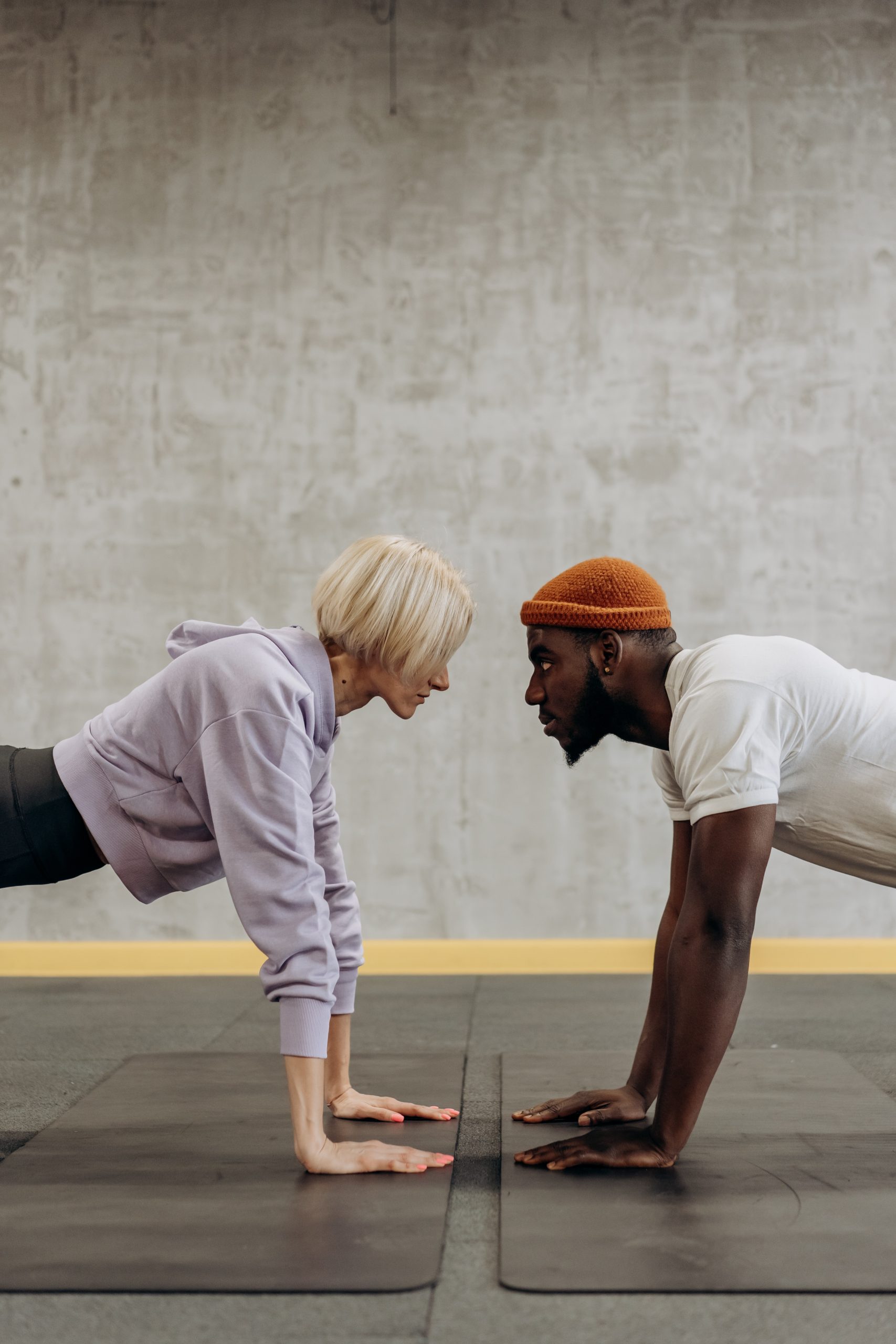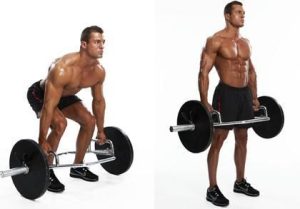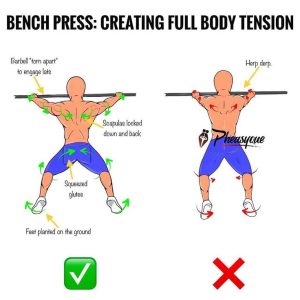
The squat is a fundamental exercise that forms the foundation of any powerlifter’s training regimen. It targets the lower body, including the quadriceps, hamstrings, glutes, and calves, and is crucial for developing strength, power, and stability. Mastering the squat is essential for powerlifters looking to maximize their performance and reach new personal records.
Understanding Proper Squat Technique
Executing the squat with proper technique is paramount for powerlifters, as it ensures optimal muscle engagement and minimizes the risk of injury. Here’s a step-by-step guide to mastering the squat:
1. Set up your stance
Begin by positioning yourself under the barbell, with your feet shoulder-width apart. Your toes should be slightly turned outwards to facilitate proper alignment during the movement.
2. Brace your core and grip the bar
Before unracking the bar, take a deep breath and brace your core. This will provide stability and support throughout the squat. Place your hands slightly wider than your shoulders on the bar, and create a tight grip.
3. Unrack the bar
With a controlled motion, unrack the barbell and take a couple of steps back to establish your starting position. Ensure that your feet are firmly planted on the ground.
4. Initiate the descent
Begin the descent by pushing your hips back and bending your knees. Imagine sitting back into an imaginary chair behind you. Maintain an upright torso throughout the movement to prevent leaning forward excessively.
5. Reach proper depth
Lower yourself until your thighs are parallel to the ground or slightly below, ensuring proper depth on each repetition. Going deeper may engage your muscles further but avoid bouncing or “squatting” onto your calves.
6. Drive through your heels
As you reach the bottom position, initiate the ascent by driving through your heels. Imagine pushing the floor away from you and focus on maintaining a strong and stable core throughout.
7. Return to the starting position
Once you have fully extended your knees and hips, return to the starting position by straightening your legs and lowering the bar back onto the rack.
Tailoring the Squat for Powerlifting
While the basic squat technique outlined above applies to all forms of squatting, powerlifters often have their specific variations to optimize their training. Below are some modifications commonly incorporated by powerlifters:
1. Low bar vs. High bar squat
Powerlifters generally prefer the low bar squat, where the barbell rests lower on the upper back, creating a more horizontal torso position. This variation allows for more recruitment of the posterior chain and may lead to increased lifting performance.
2. Box squats
Box squats involve squatting down onto a box or a bench, with a pause before ascending. This variation helps develop explosive strength and teaches powerlifters to engage their hips more effectively. It also helps establish consistent squat depth.
3. Wide stance squats
Some powerlifters choose to adopt a wider stance during squats, as it can help engage the glutes and hamstrings more effectively. This variation also allows powerlifters with limited mobility to achieve proper depth without compromising form.
The Role of Strength Training in Squat Mastery
Mastering the squat requires a comprehensive strength training program that incorporates essential accessory exercises and progressive overload. Here are a few exercises that can contribute to your progress:
1. Front squats
Front squats help improve core stability and quadriceps strength. By placing the barbell across the front of your shoulders, this variation shifts the load forward and promotes an upright torso position.
2. Bulgarian split squats
Bulgarian split squats are an excellent exercise for building unilateral leg strength and addressing muscle imbalances. This exercise also improves stability and flexibility.
3. Deadlifts
Deadlifts are a compound exercise that targets multiple muscle groups, including the posterior chain. Incorporating deadlifts into your training routine can help increase overall lower body strength and improve your squat performance.
Conclusion
Mastery of the squat is essential for any powerlifter looking to excel in their sport. By understanding and perfecting the squat technique, tailoring the exercise to your specific needs, and incorporating effective strength training exercises, you can enhance your powerlifting performance and achieve new personal records. Remember, consistency, proper form, and gradual progression are key to mastering the squat and reaching your powerlifting goals.

